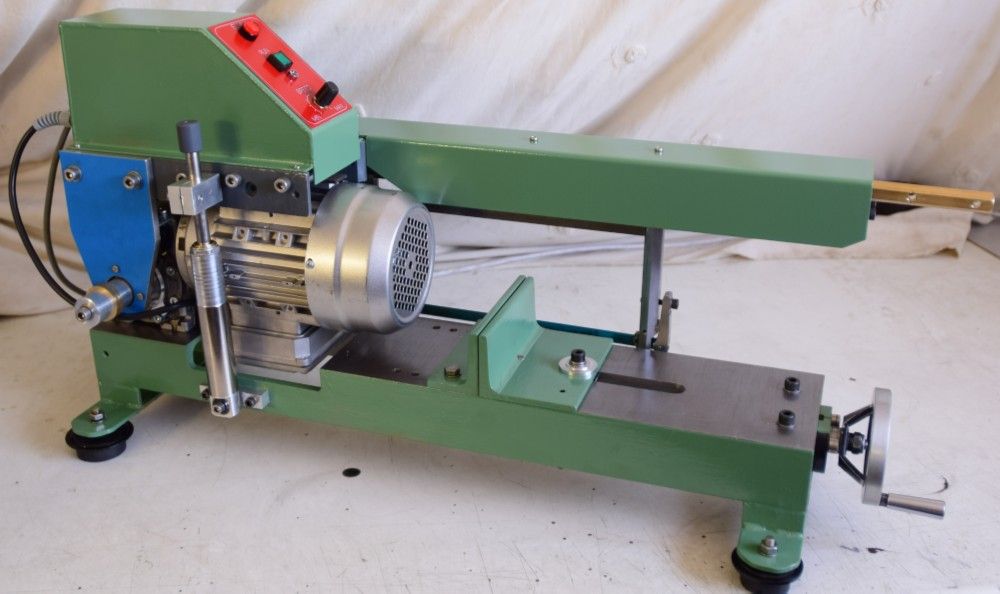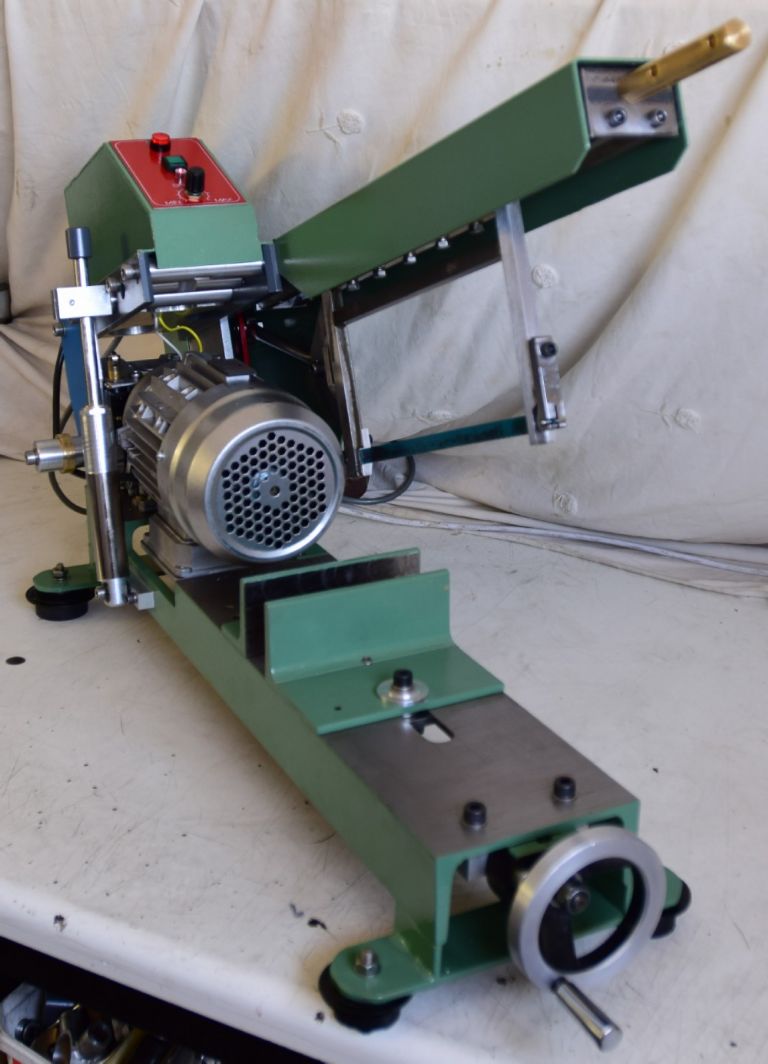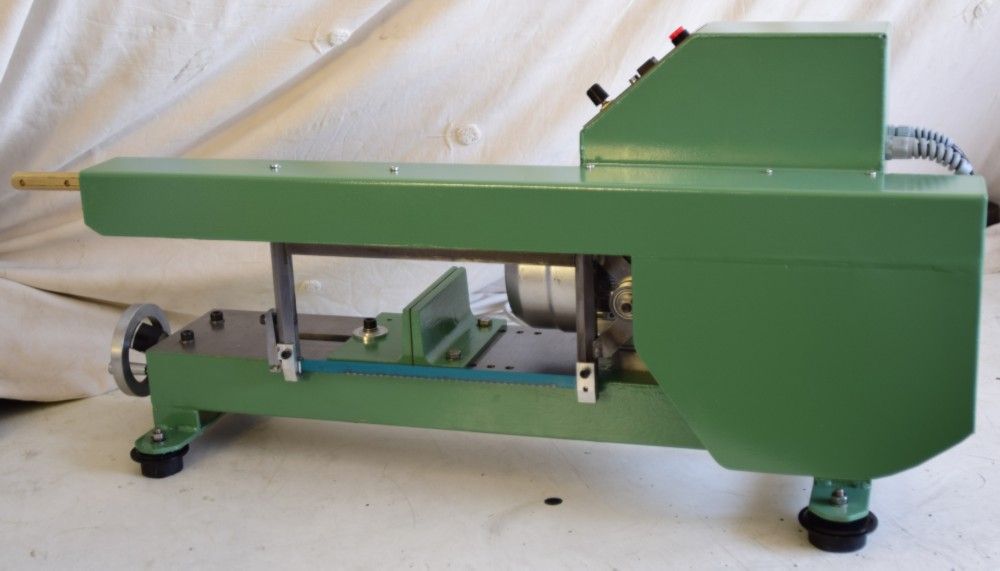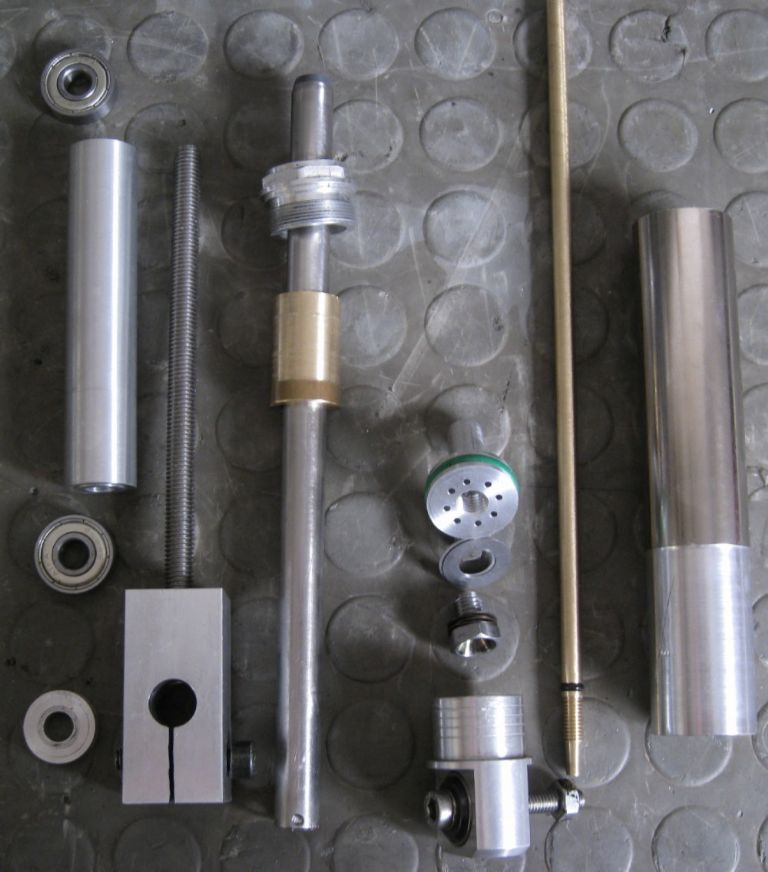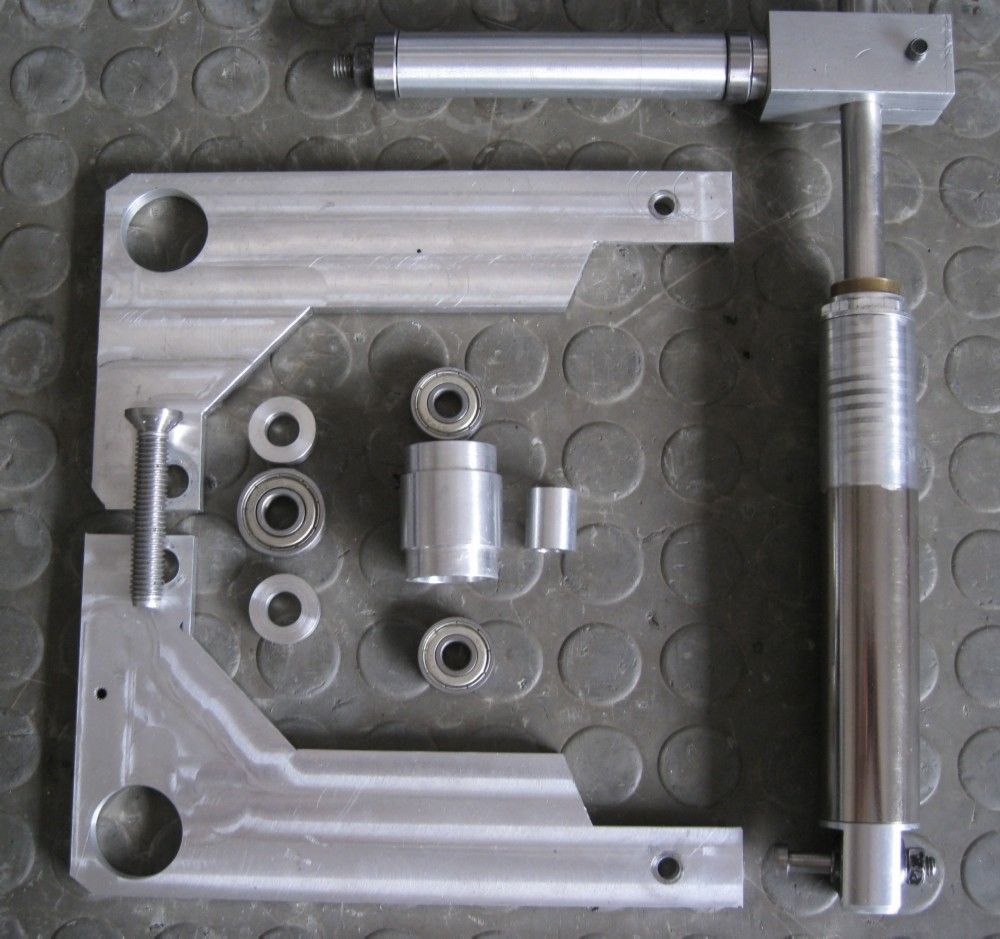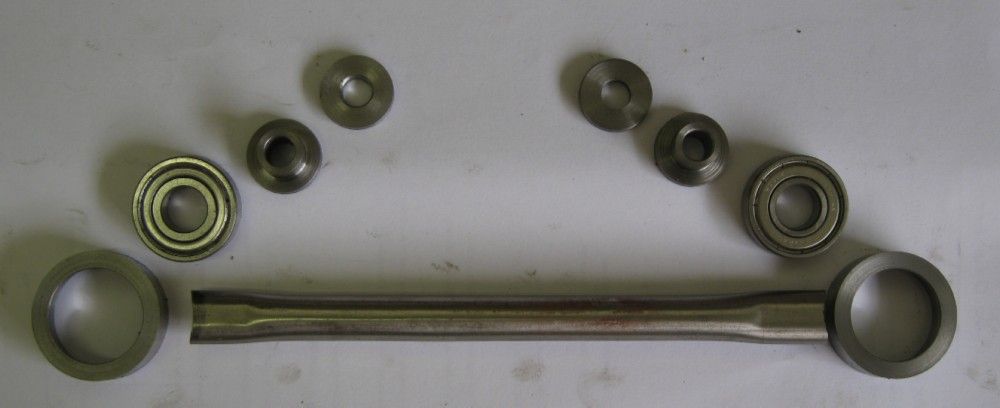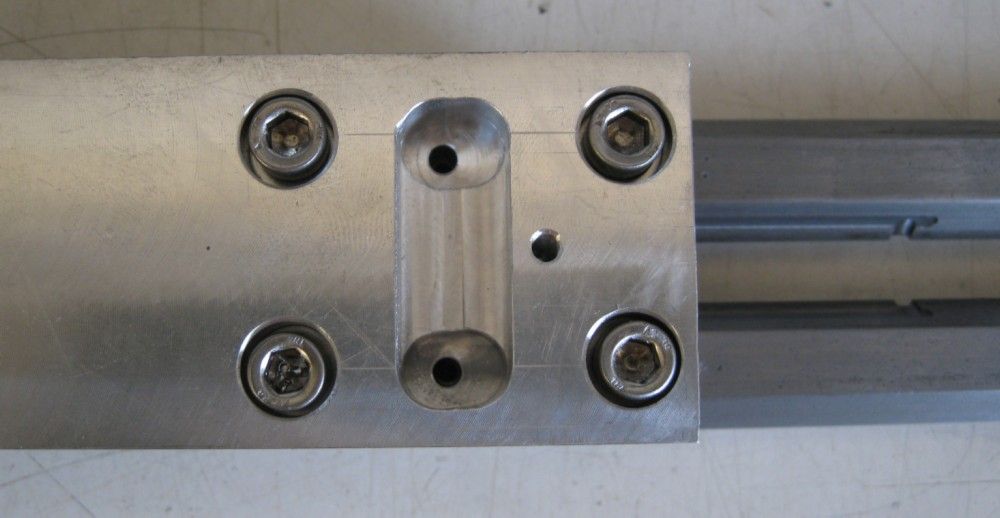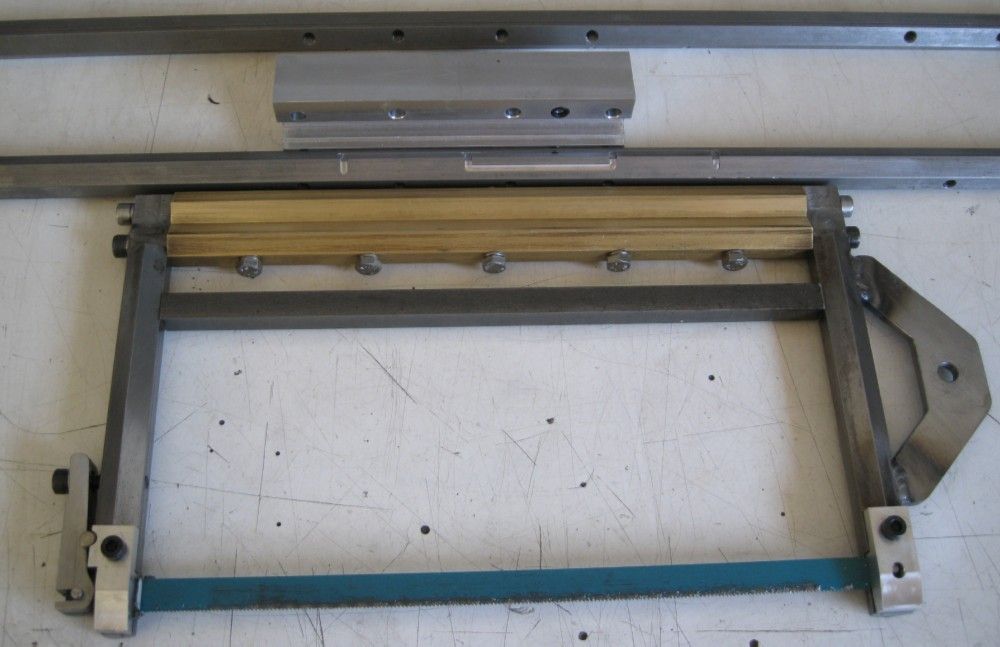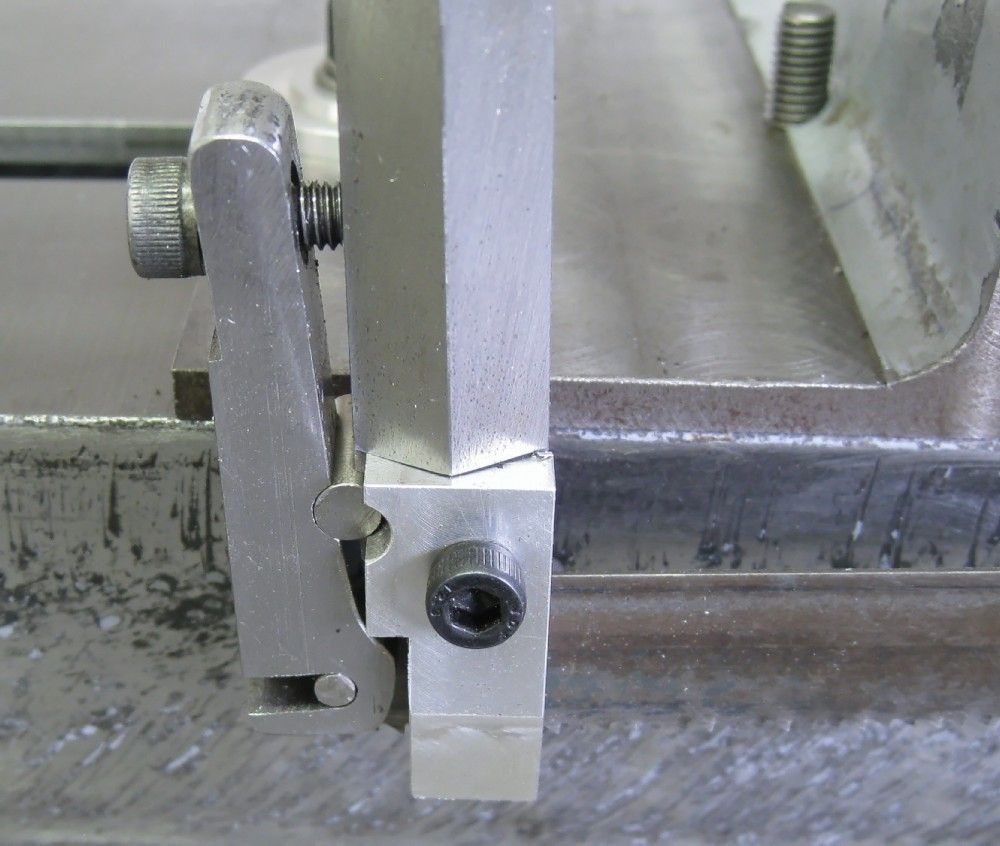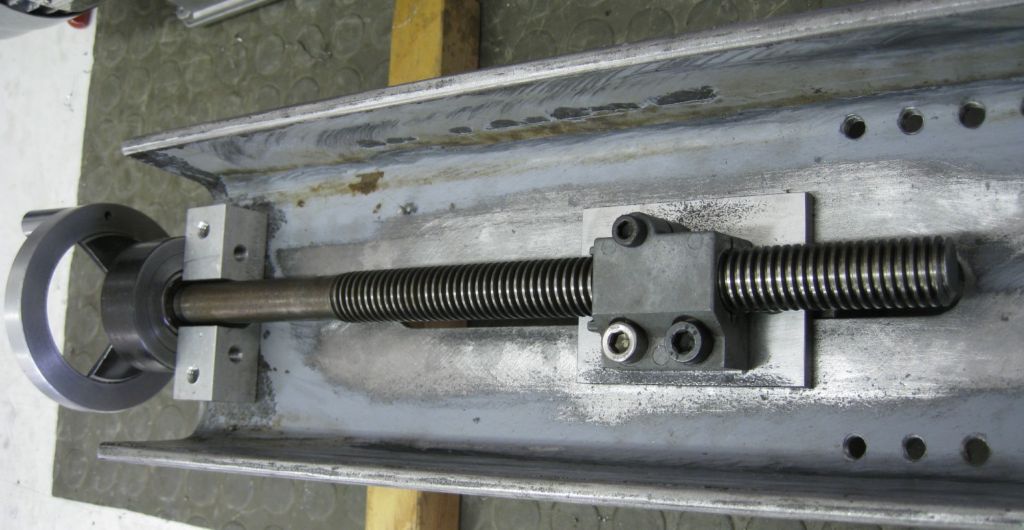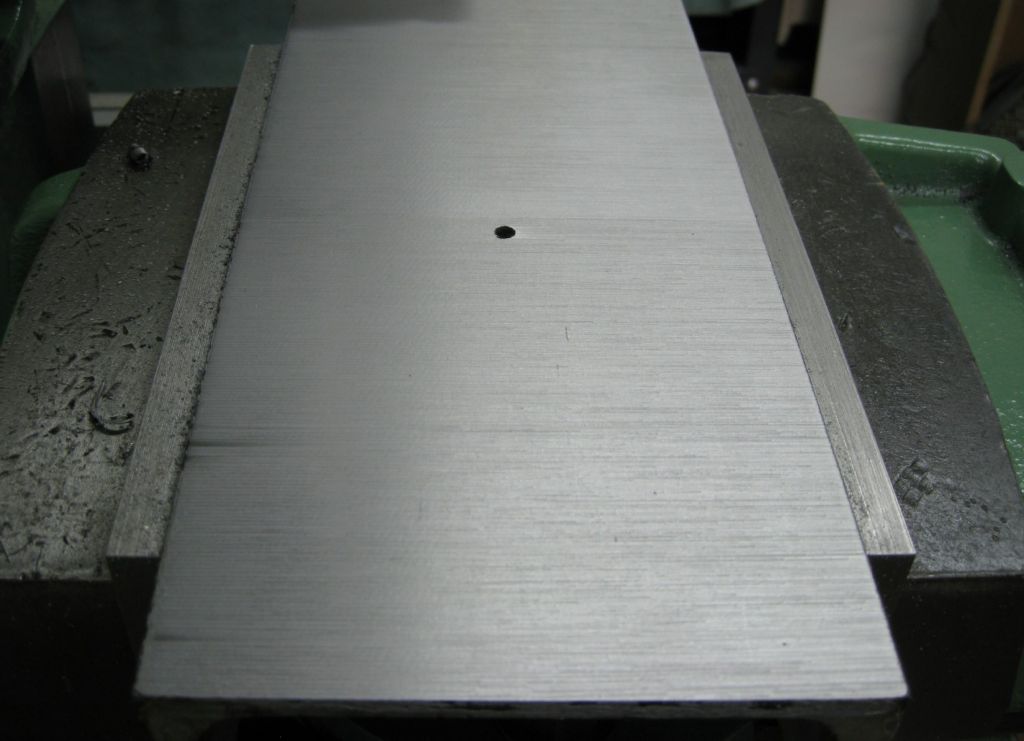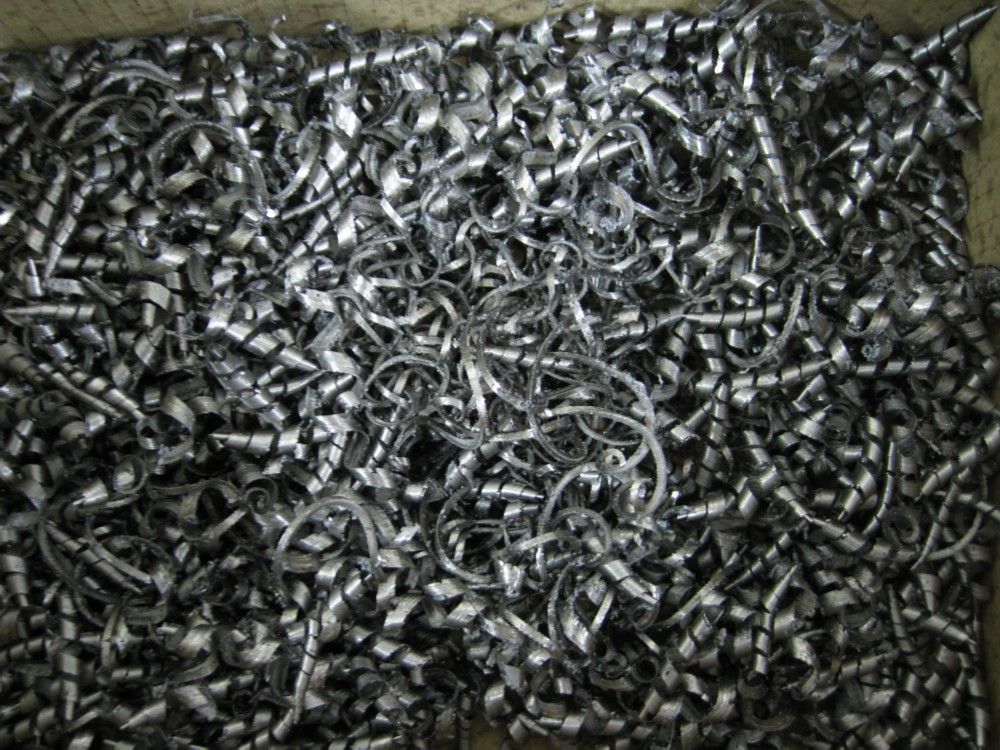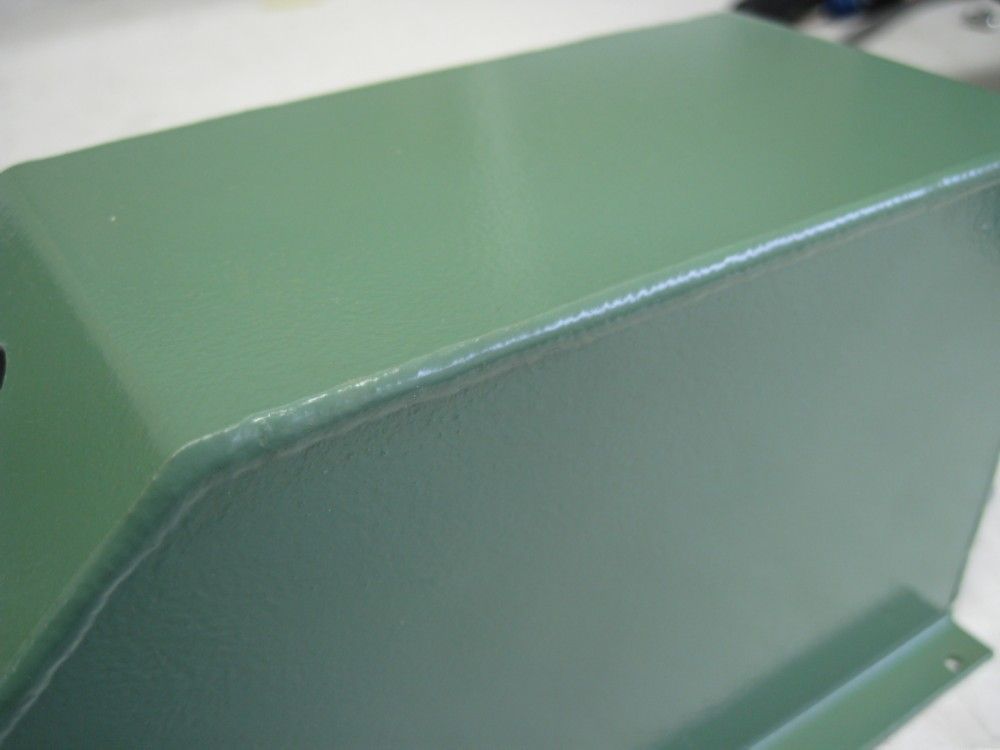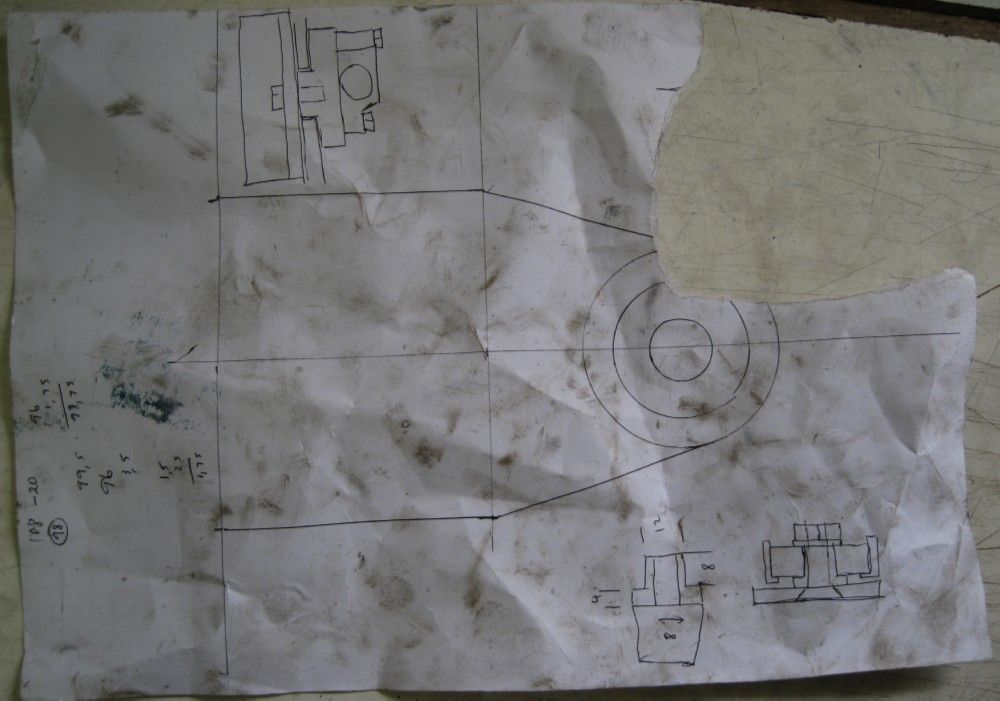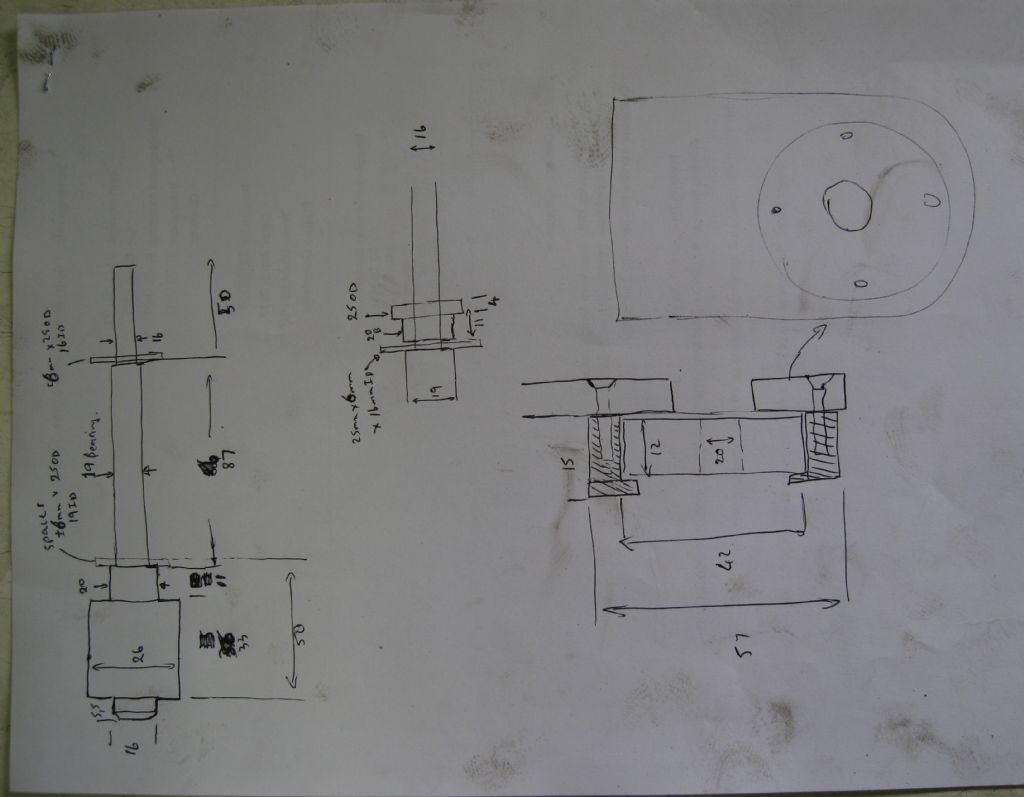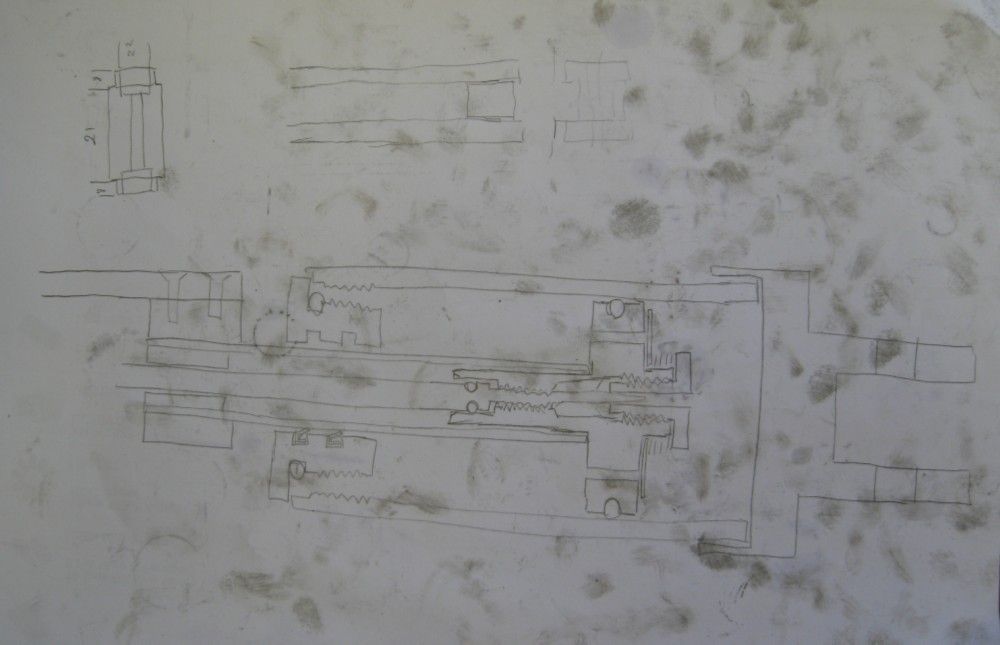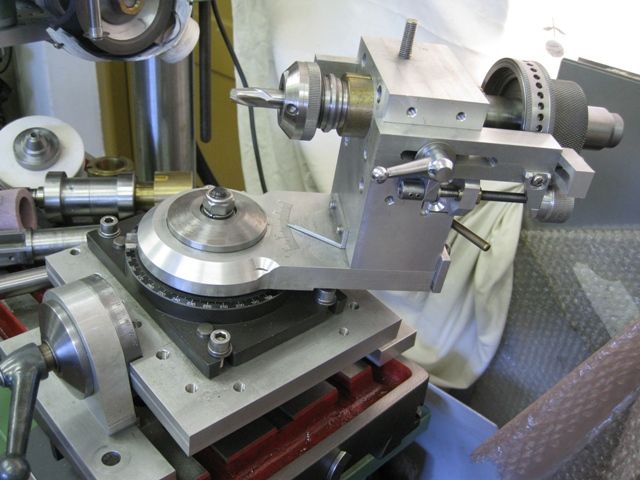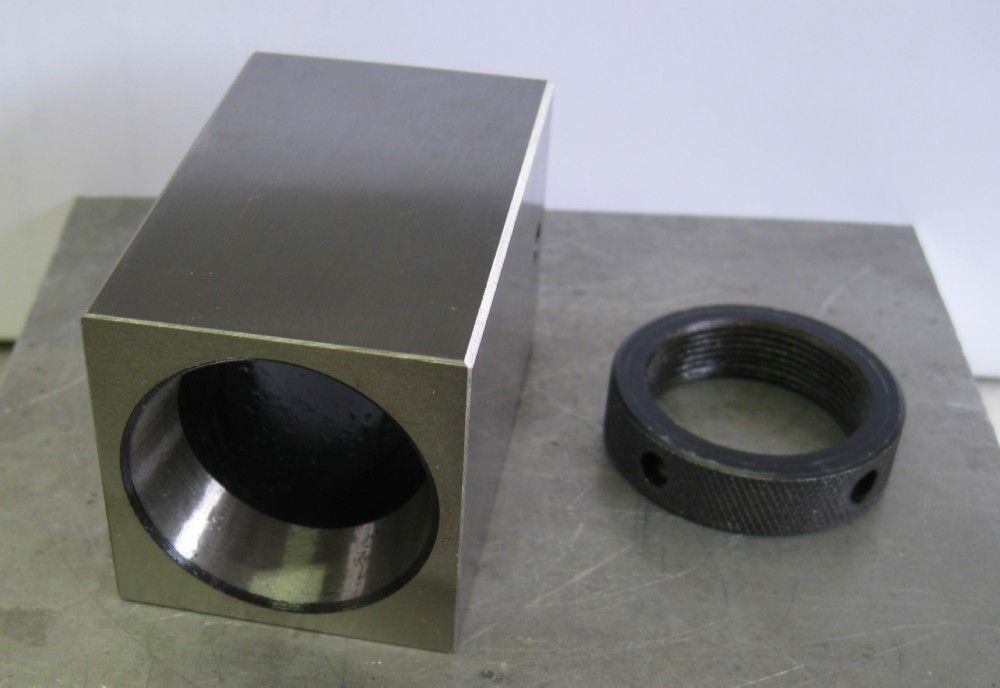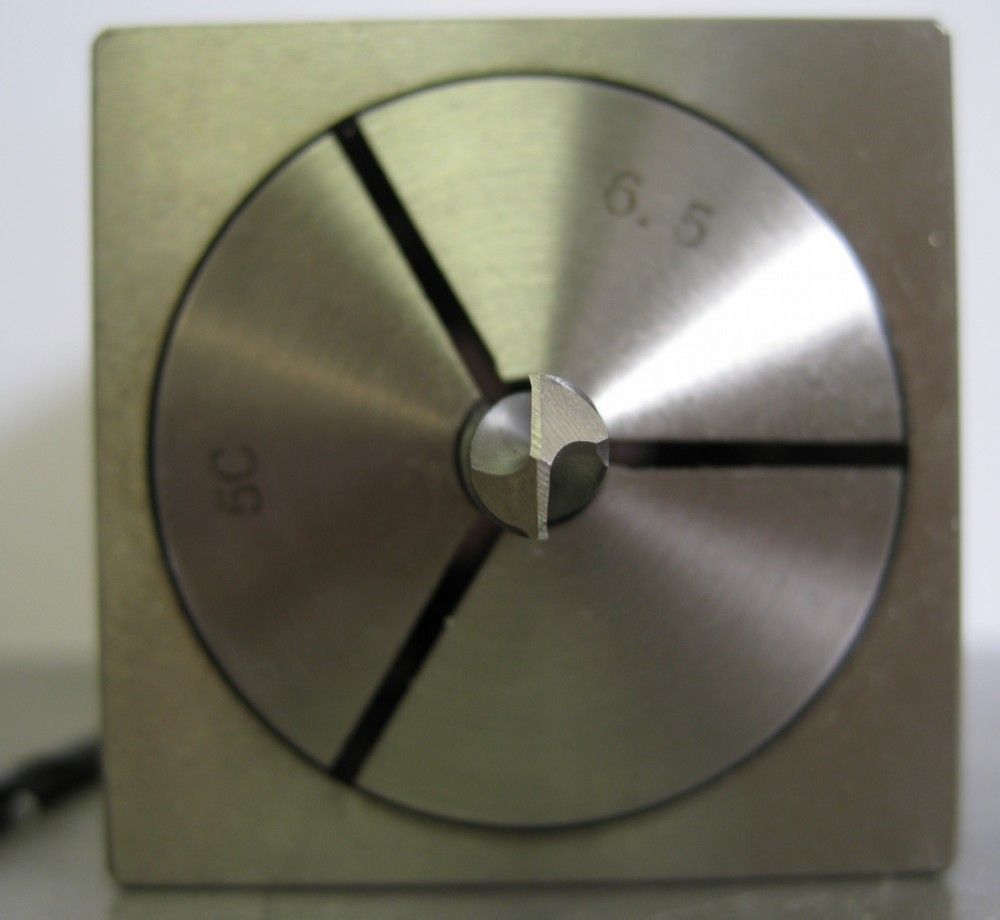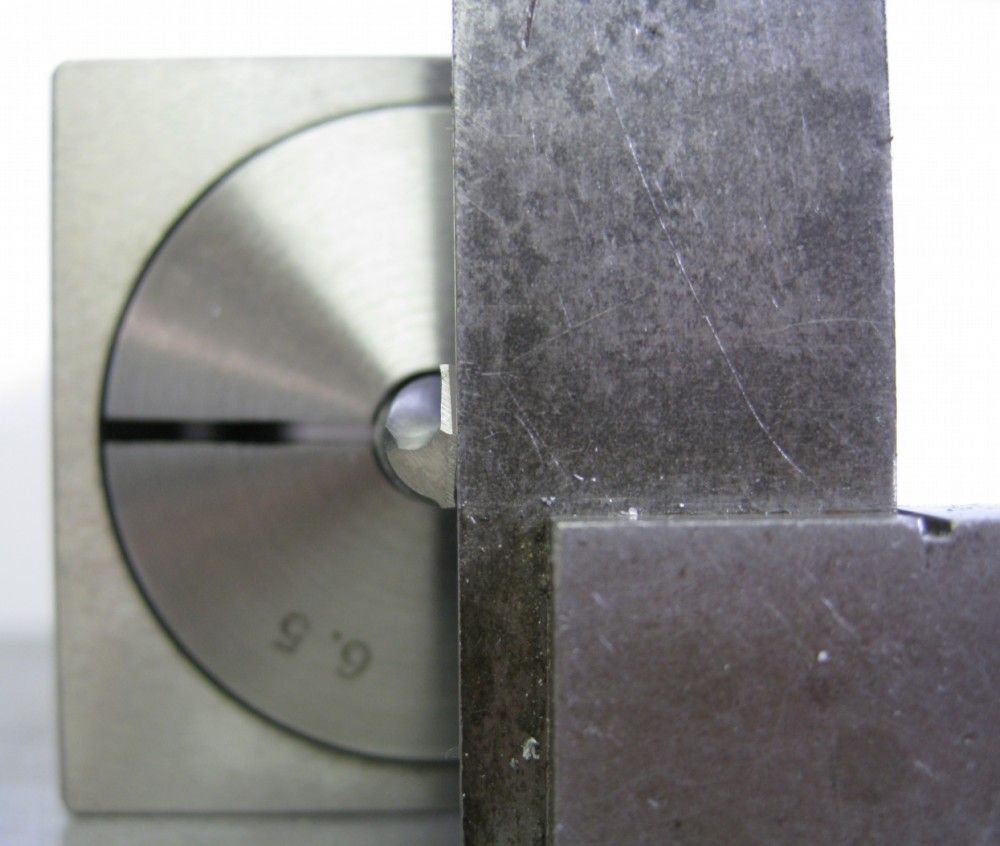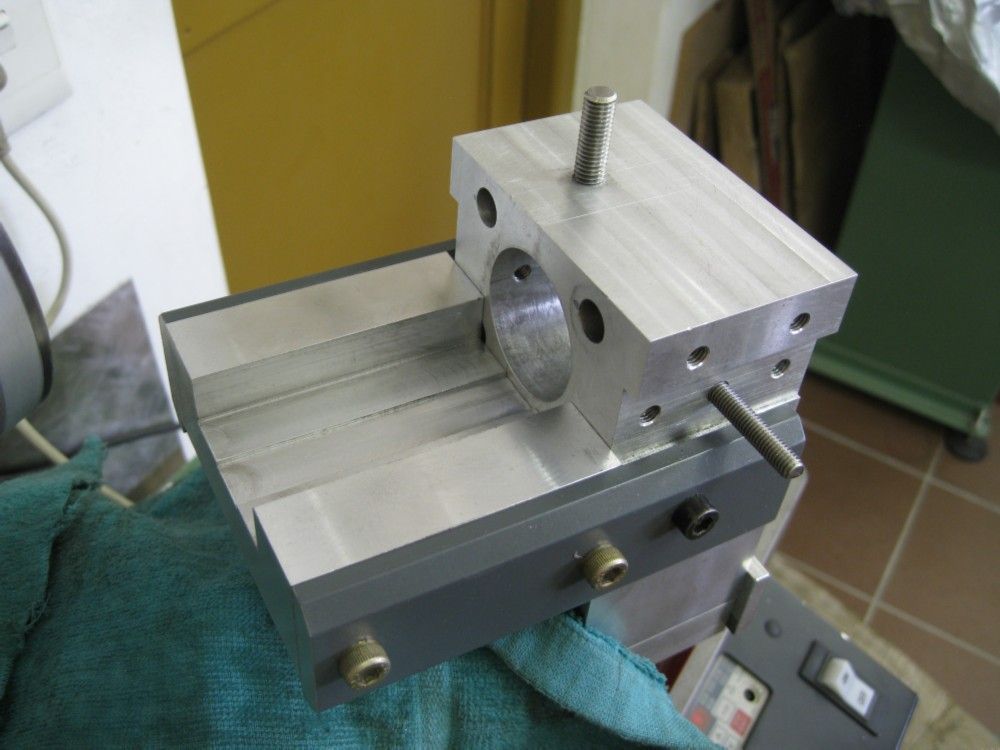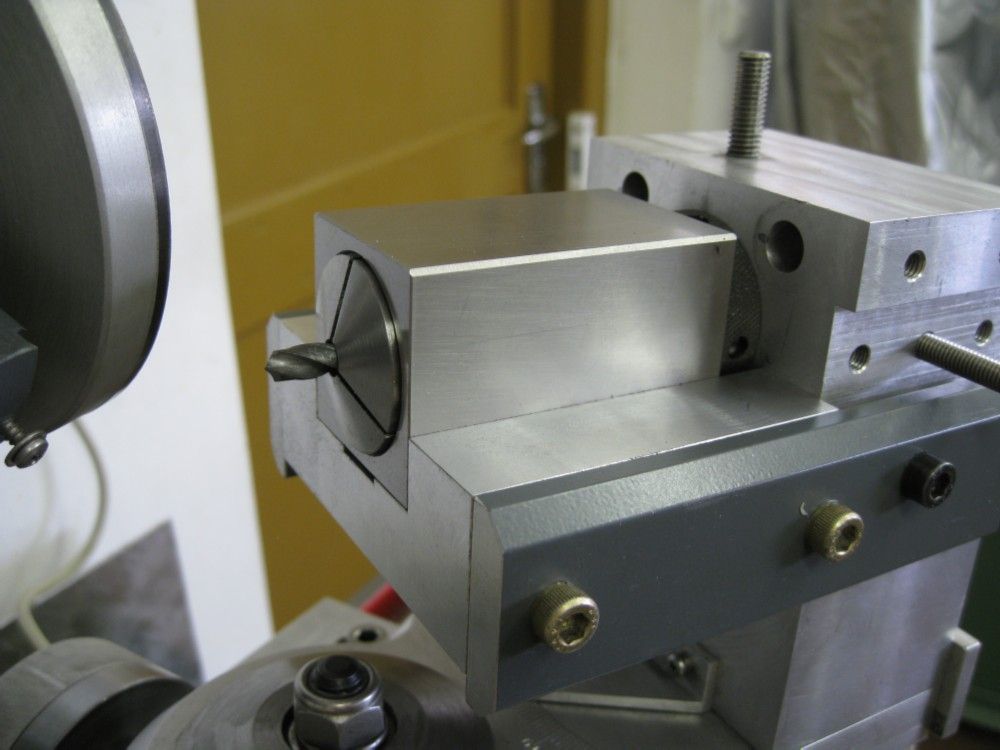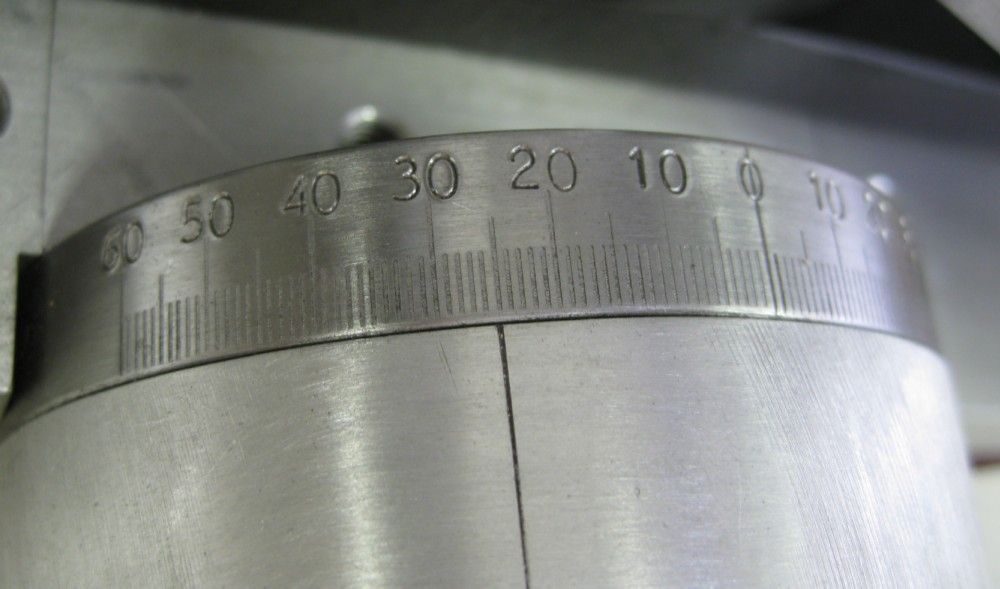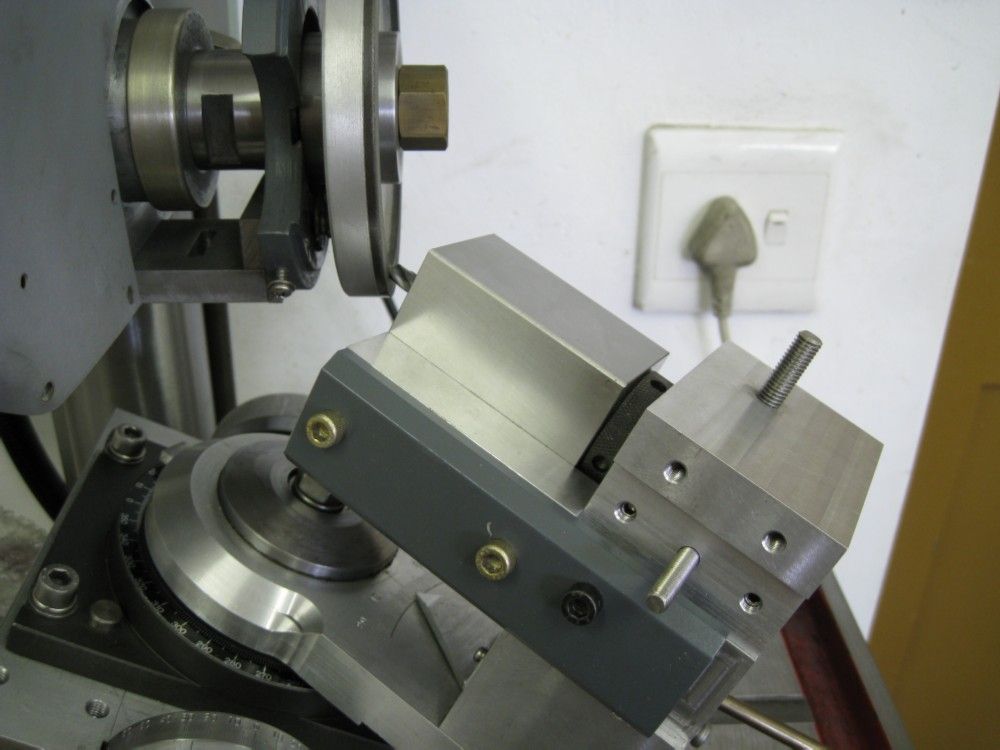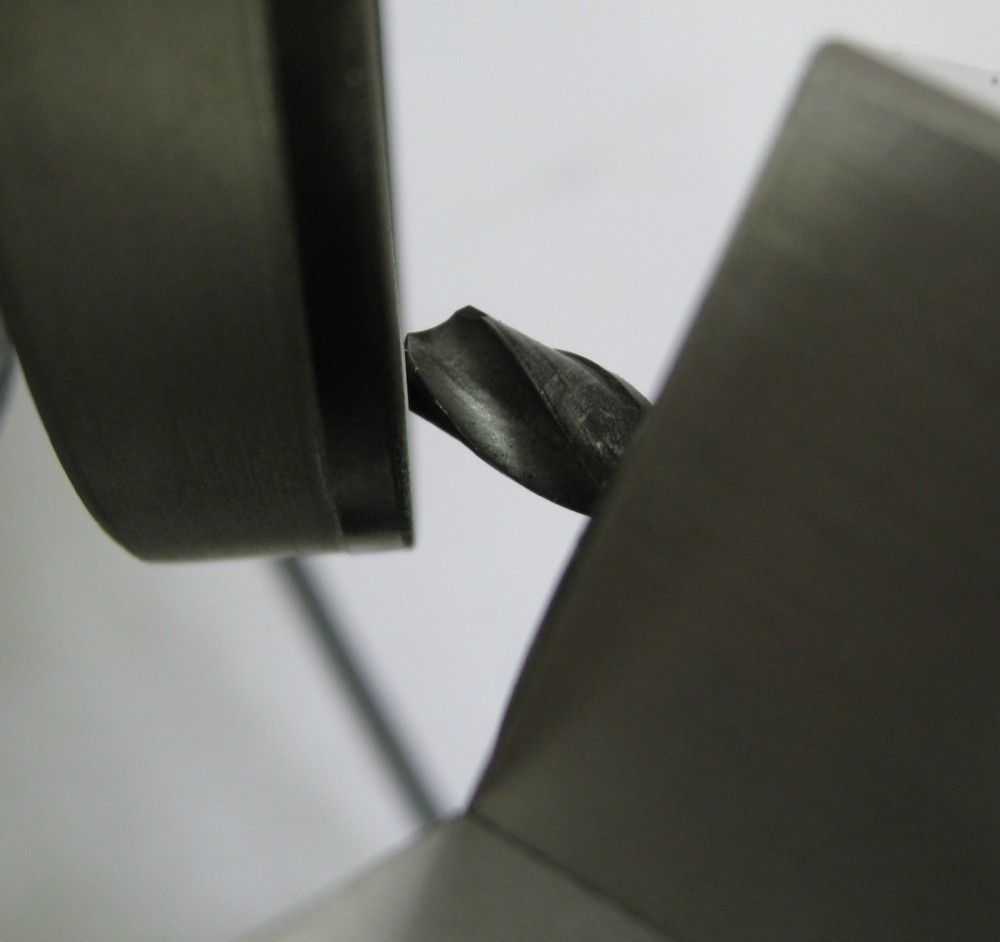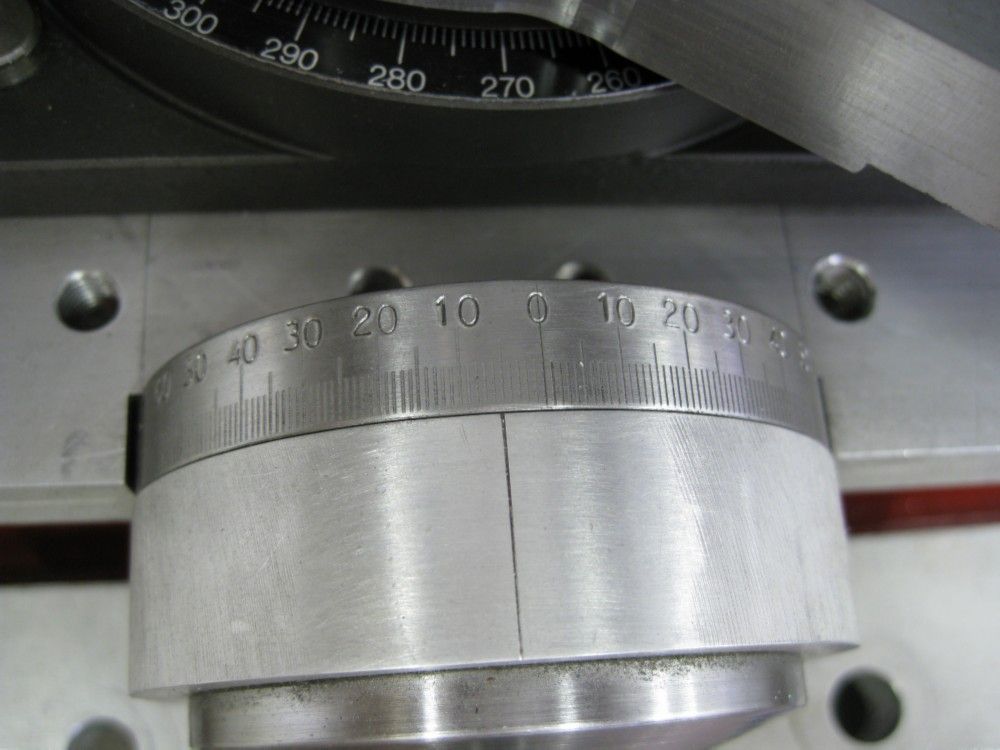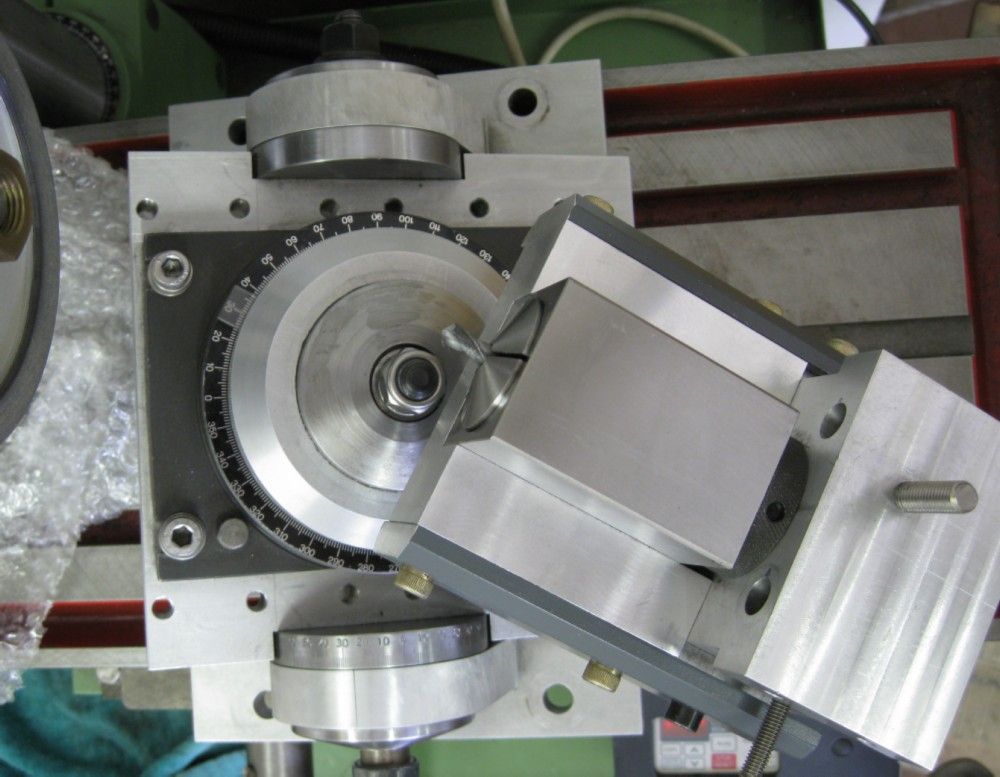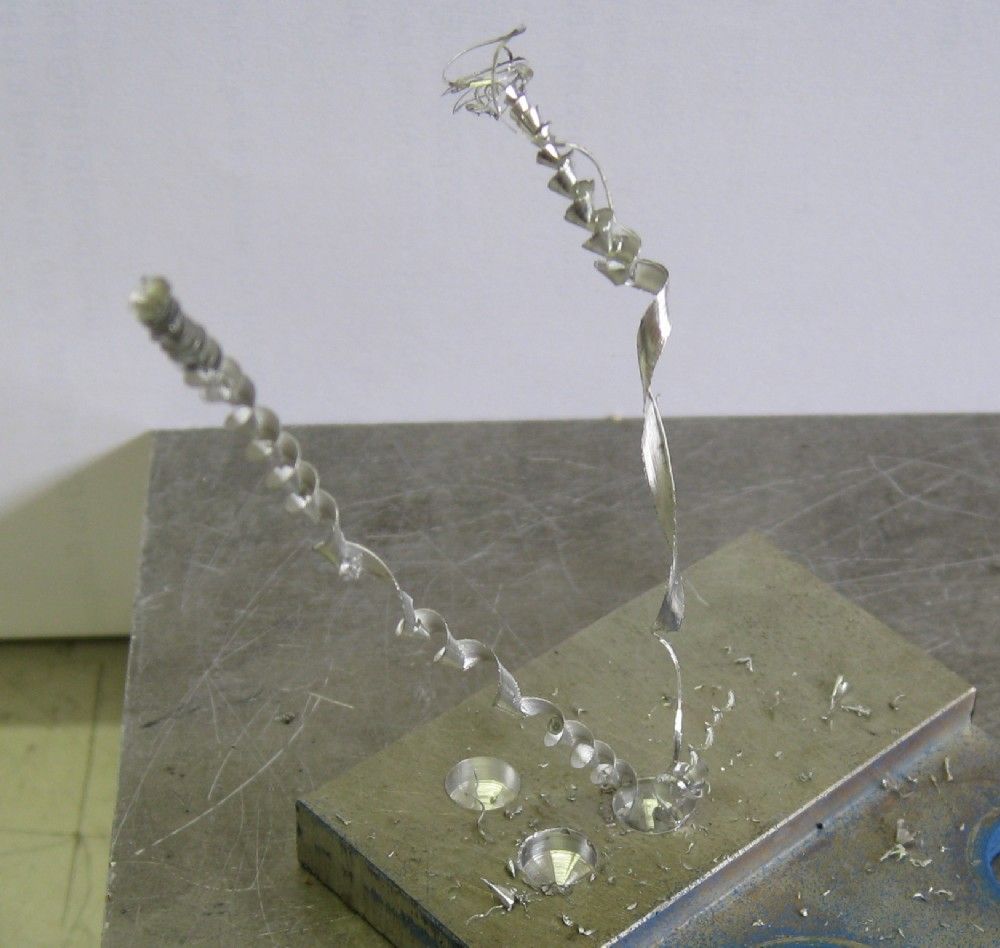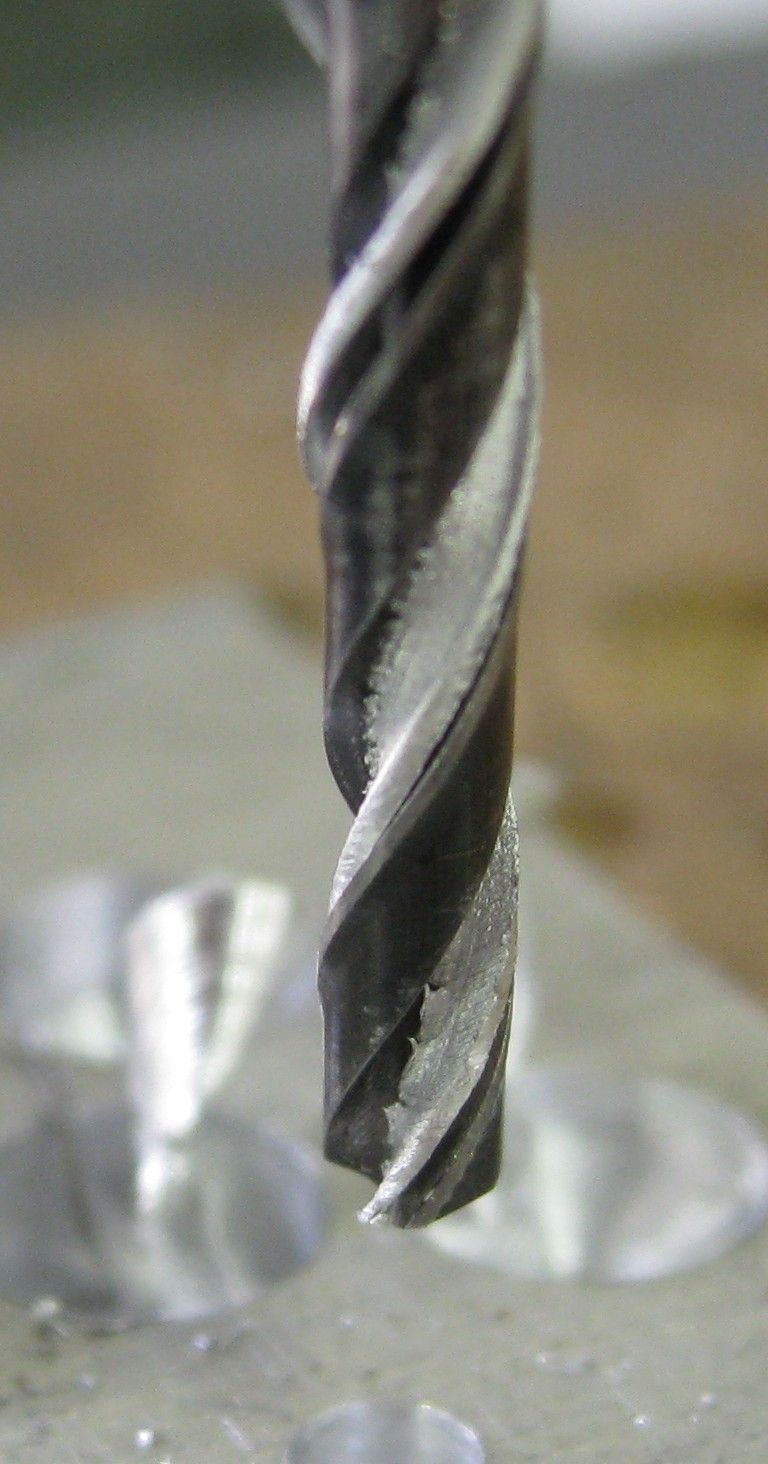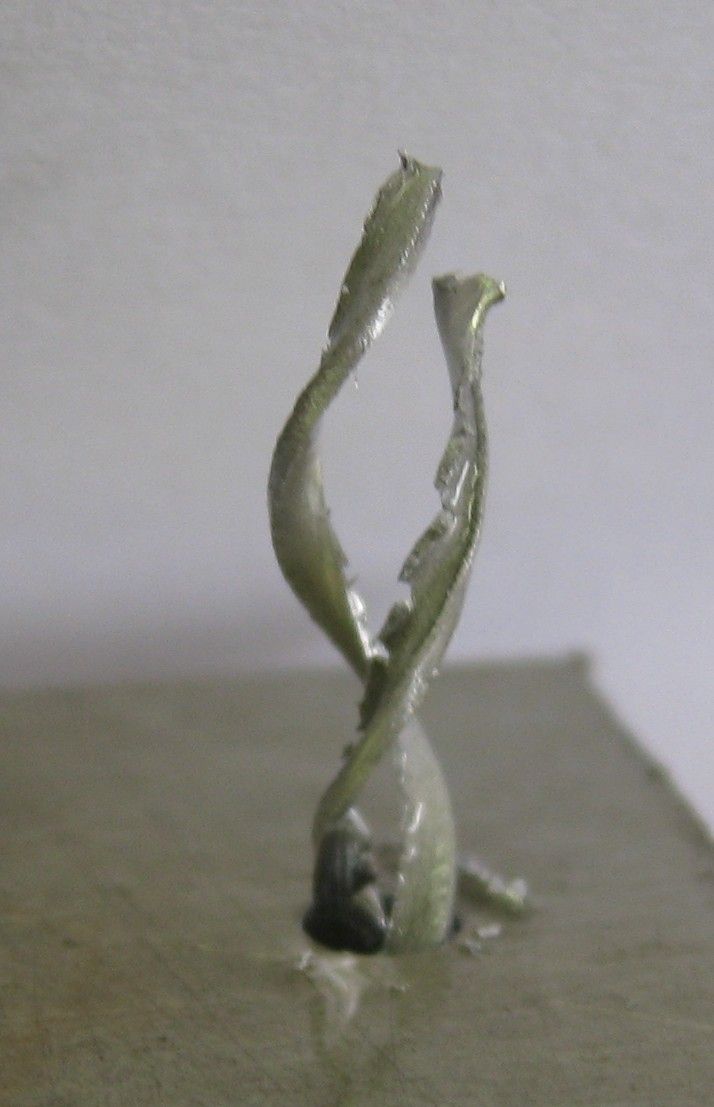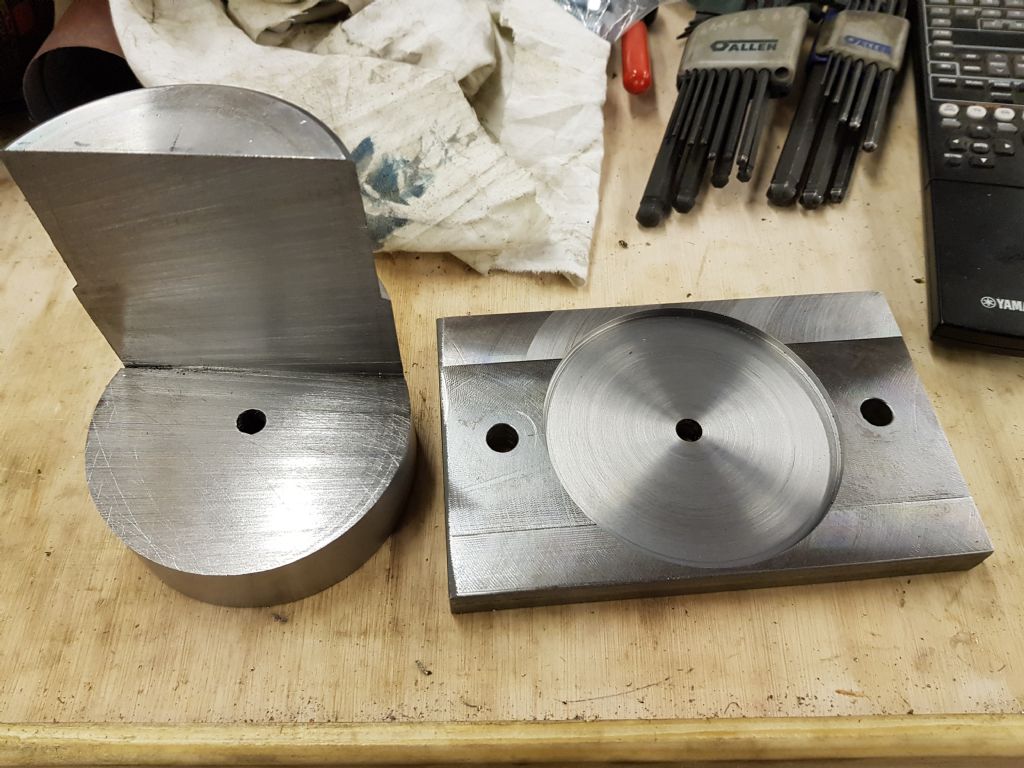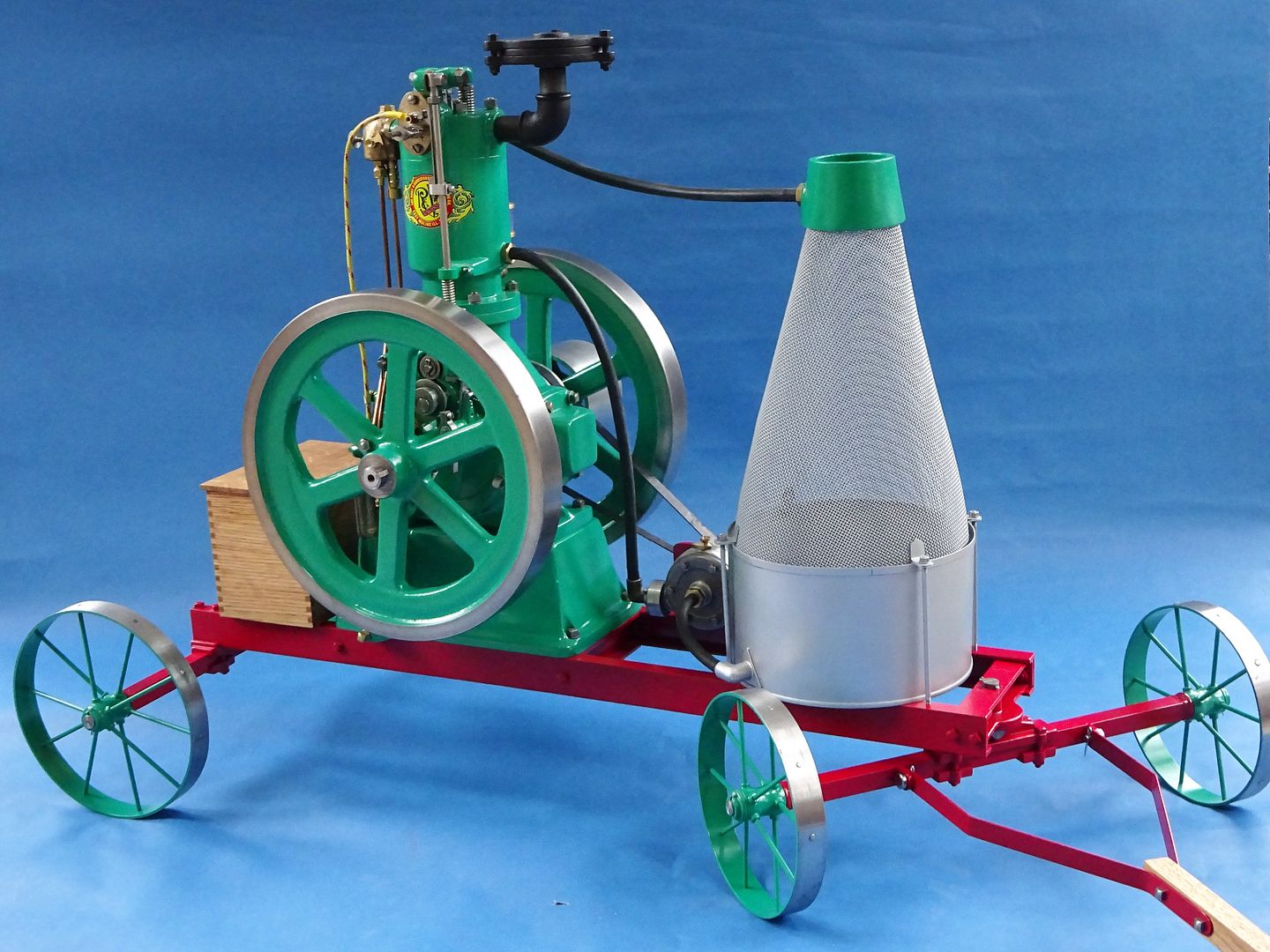In late 2017 I obtained a neat 3 phase 250watt motor with attached Varvel 100:1 gearbox and thought that was ideal for a bench powered hacksaw. It sat under that bench for a year..Mid December last year I challenged myself by starting the project, but on the basis that I do it only with bits from the scrap box/store, etc, ie, no purchase of any bits not within the workshops! ( Except hacksaw blades, of course…)
And so..
The base is a piece of 150mm x 75mm x 8mm channel iron, shapered flat and milled for the vice, etc. The saw frame slides are 18mm Hex, steel for the fixed and brass for the reciprocating frame. The slides pivot on large bearings that are also on the main drive shaft out the gearbox. In the top hat is the 500watt VFD, and the on/off/speed control. Speeds are from about 2 strokes/sec to position the frame when checking stroke length (inching..) up to 130 strokes/sec.

Views with all guards in place.

The hydraulics are seen here – The tube (right) from an old mountain bike front shock

This is the cam activated blade lifter during the return stroke – worked OK, but eliminated by appropriate crank moments placement and geometry, with only a damper used. See it working in the video

The drive con-rod, ready to weld up. The crank has three throws giving strokes of 220mm, 160mm and 80mm, allowing optimal use of the full blade for different stock sizes.

The oil distribution grooves in the fixed hex slides – fed from an oil well in the top support – one-shot oiling..

The oil well.

The saw frame and slides.

Blade Tensioner.

The vice/screw – made from an old imperial X leadscrew from and EMCO FB2 mill.

The shaper flattening..

And…

The TIG welding on the Ali covers was so good, I just painted over and did not smooth down! ( patting my back..)
All my 'CAD' design drawings for the complicated bits…


Hydraulics..

A video link below- does not neatly stand on its own, but shows the workings well enough. The blade reliever during return stroke was a trial only really – the cam has a 2mm offset, which through the lever gave a blade raise of 4mm. This needs to reduce to maybe 1mm, ie, cam lift of 0.5mm or so – But the adjustment of the hydraulic drop rate is just to finicky in this mode, and the damper only mode, coupled with proper crank throw moments works best Also, the blade front is 1.5mm lower than the rear mount, and that with correct damping drop rate works very well.
**LINK**
Took 2 weeks to build, finished on the 1st Jan 2019…And Neil, I was ALSO crimping wires for this on Christmas day!
Joe
Ian McVickers.


